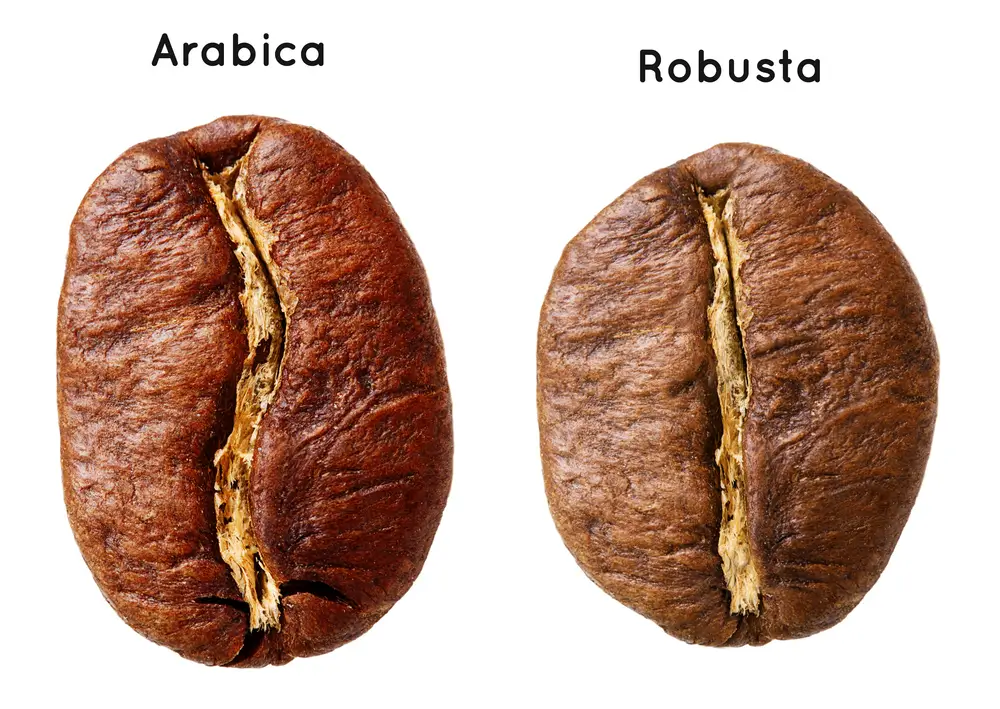Coffee lovers are always searching for new flavors and methods to enhance their daily cup. One such intriguing method gaining traction is honey-processed coffee. This technique not only produces a unique taste but also offers several benefits for both farmers and consumers.
Let’s explore the fascinating world of honey-processed coffee, its origins, unique characteristics, and the reasons behind its growing popularity.
What is Honey Processed Coffee?
Honey-processed coffee is a method that combines elements of both natural and washed coffee processing techniques. Despite its name, honey-processed coffee doesn’t involve using honey. Instead, the term “honey” refers to the sticky, honey-like mucilage that coats the coffee beans during processing.
In this method, coffee cherries are harvested and depulped, leaving the mucilage intact on the beans. The beans are then dried with this mucilage still attached, resulting in a semi-dry process that impacts the coffee’s flavor profile. This technique originated in Central America, particularly in Costa Rica, and has spread to other coffee-growing regions due to its distinct advantages.
By retaining the mucilage, honey-processed coffee beans develop a unique sweetness and complexity. The process also requires less water than fully washed methods, making it more environmentally friendly. Coffee produced through honey processing often exhibits balanced acidity and a rich body, making it a favorite among specialty coffee drinkers.
Why is it Called the Honey Process?
The term “honey process” comes from the sticky, sweet mucilage that remains on the coffee beans during drying. This mucilage has a honey-like texture, which gives the process its name. Unlike the washed process, where the mucilage is completely removed before drying, or the natural process, where the cherries are dried whole, the honey process is a middle ground.
The presence of the mucilage during drying imparts a distinct flavor to the beans. This mucilage contains sugars and other compounds that contribute to the coffee’s sweetness and complexity. The honey process also produces a cleaner and more consistent cup than the natural process while retaining more body and sweetness compared to the washed process.
Is There a Part of the World Famous for Honey Processing?
Honey processing has become particularly renowned in Central and South America, with Costa Rica being one of the pioneering countries in this method. The favorable climate and conditions in Costa Rica make it an ideal region for honey processing. Coffee farms in the Tarrazú and West Valley regions are especially known for their high-quality honey processed coffees.
Other countries, such as El Salvador, Nicaragua, and Panama, have also adopted this method and produce excellent honey processed coffees. The popularity of this processing method is growing, and it is now being experimented with in various coffee-producing regions worldwide, including parts of Africa and Asia.
What are the Advantages of Honey Processing?
Honey processing offers several benefits, both environmentally and economically:
- Environmental Benefits: This method uses less water compared to the fully washed process, making it a more sustainable and eco-friendly option. Water conservation is crucial in many coffee-growing regions where water scarcity is a concern.
- Economic Impact: For farmers, honey processing can be less labor-intensive and less costly than the washed process. It also allows them to produce a product that can be sold at a premium due to its unique flavor profile and growing demand among specialty coffee consumers.
- Quality and Taste: Honey processed coffee often boasts a richer and more complex flavor profile. The presence of the mucilage during drying enhances the sweetness and body of the coffee, leading to a more enjoyable cup.
Are There Different Types of Honey Processing?
There are different types of honey processing, often categorized by the color of the mucilage left on the beans during drying. The main types include:
- Yellow Honey: This type involves the least amount of mucilage left on the beans. It produces a cleaner cup with a balanced sweetness and acidity.
- Red Honey: In red honey processing, a moderate amount of mucilage is left on the beans, resulting in a richer sweetness and more body compared to yellow honey.
- Black Honey: The most mucilage is retained in black honey processing, leading to a very sweet and full-bodied coffee. This method requires more careful drying to prevent fermentation issues.
The type of honey processing used can significantly affect the final flavor of the coffee, giving farmers the flexibility to produce a wide range of taste profiles.
What Does Honey Processed Coffee Taste Like?
Honey-processed coffee is renowned for its distinctive and complex flavor profile. Common tasting notes include:
- Sweetness: The presence of mucilage imparts a natural sweetness to the coffee, often reminiscent of honey, caramel, or fruit.
- Acidity: Depending on the type of honey processing, the acidity can range from bright and citrusy to more subdued and balanced.
- Body: Honey*processed coffee typically has a medium to full body, providing a rich and satisfying mouthfeel.
- Aroma: The coffee often has a pleasant, sweet aroma with hints of fruit and floral notes.
Popular varieties of honey-processed coffee include beans from Costa Rica, El Salvador, and Panama, each offering unique regional characteristics.
Closing Thoughts
Honey-processed coffee is a captivating method that produces a unique and enjoyable coffee experience. Its origins in Central America and spread to other regions highlight its growing popularity among coffee enthusiasts. The environmental benefits, economic impact, and distinct flavor profiles make honey processed coffee a must-try for anyone seeking a delightful and unique brew. Whether enjoying a cup at home or exploring new coffee regions, honey-processed coffee offers a rich and rewarding experience for all coffee lovers.


